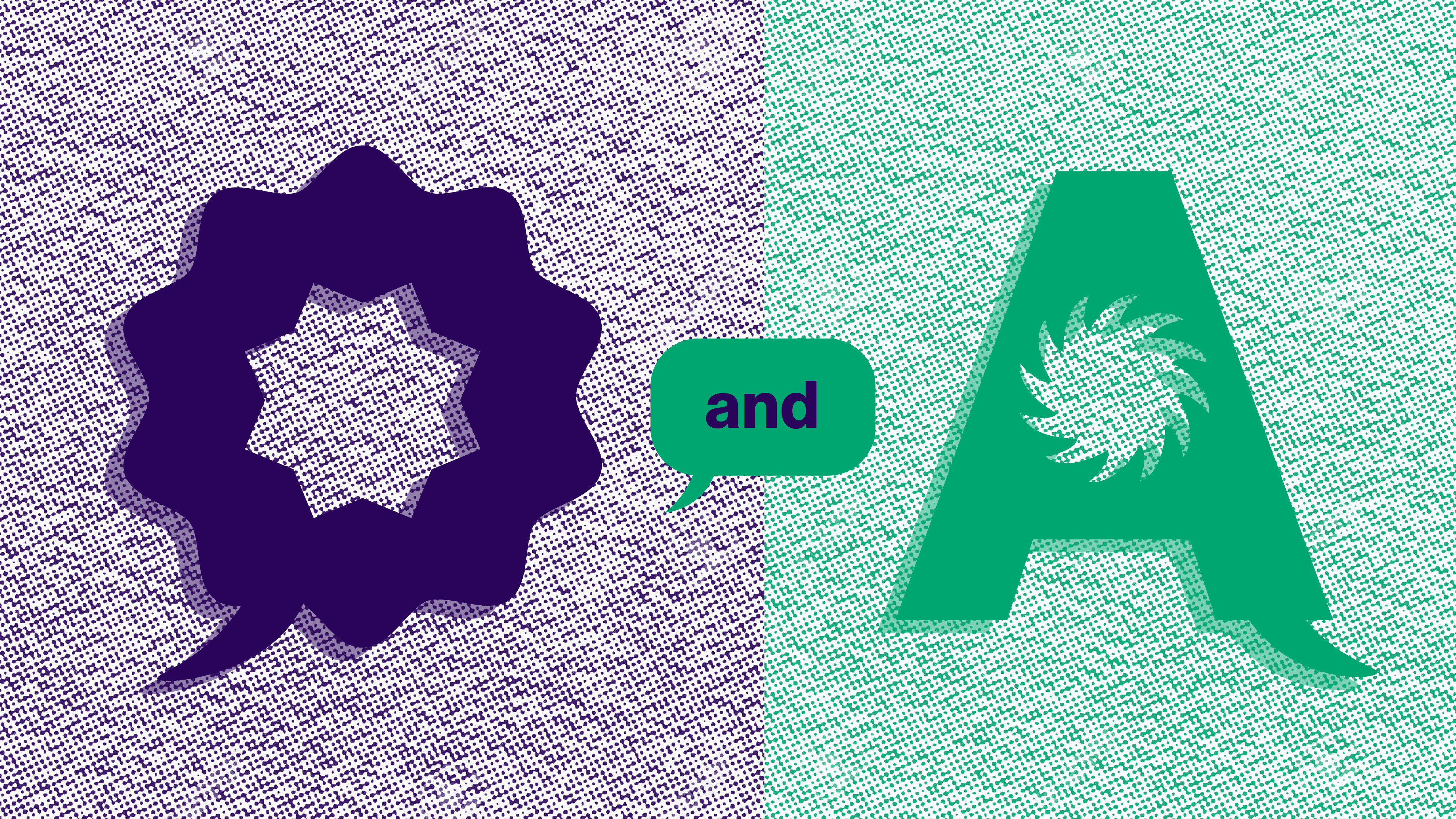How do I conduct an interview?
Even if you have no previous interview experience, you can conduct oral history interviews, especially with these tools and practices.

How do I prepare for an interview?
Question Development
- Begin with general research to inform your questions—this could include Google searches as well as print resources, but be conscious of source credibility (especially online).
- You can use a general timeline question format for oral histories. Asking questions in a chronological order helps the interviewee remember details. For example:
- Early life
- Education (if applicable)
- Chronology of career
- Craft/Technique
- Larger reflections on life and work
- Ask open-ended questions that elicit rich answers rather than yes/no ones. Some example questions in this format:
- Tell me about your family – their names and what they did for a living.
- When did you become aware that you were interested in design?
- How did you learn to (use a certain media or style)?
- Please describe your process for (working with an artistic medium or creating a specific format of work).
- How do you preserve your notes/sketches/work? Are you concerned about not being able to record or preserve it?
- What were some challenges in your career?
- In what ways do you think you were successful in your life/career?
- What advice would you give to beginning designers?

Equipment
Smartphone video cameras or sound recording apps will work to capture oral history interviews. Videos record visual documentation as well as audio, or just voice recordings will also work for later transcriptions.
Make sure to:
- Bring a device charger (and extension cord)
- Prepare a tripod stand (or other stable setup for your device)
- Be mindful of your device’s local storage capacity, or enable storing in the cloud (recordings can stop without you knowing if the files become too large)
Releases
A simple release form (found in the Resources section) that outlines the intent and purpose of the oral history is essential to establish copyright ownership and what can be done with the oral history assets.
How do I conduct the interview?
Consider an example in which you secure an impromptu, in-person oral history session with a designer. Following is an overview of tips for before, during, and after the interview.
Pre-Interview
- Bring a small gift or provide refreshments if possible
- Begin the session by orally explaining and reiterating the purpose of the interview
- Discuss and sign the release form (priority!)
- Outline the amount of time expected to conduct the interview (typically 1–2 hours, in order to avoid fatigue)
- Find a quiet environment

Interview
- Use chronology and the question template/your prepared questions as guides, but allow the interviewee to speak (tangents are fine!)
- Ask follow-up questions if appropriate
- Remember interviewees might not have perfect recall
- If they’re unsure about factual events, move on (use your discretion to fact check later—the goal is to capture vital information)
- Allow the interviewee share physical/digital examples of their work visual prompts
Feel the room – be respectful, not pushy!
Post-Interview
- Ensure that the file is recorded and plays back properly (scrub through the audio)
- Save a back-up to the cloud if possible/not already executed
- Reiterate the purpose of interview, how it will be used, and the terms of release form
- Thank the interviewee and remind them of the importance of their contribution
- Following the interview make field notes of the circumstances of the interview, possible follow-up questions, fact checks, etc.
What do I do after the interview?
File Management
“Better safe than sorry:” before uploading the oral history file to The PGDA, make a safety back-up to another cloud-based server and a physical hard drive or device (if possible)
Transcript
Generating a transcript is important for keeping a text-based record of the interview as well as accessibility. Here are some options:
- Transcribe the recording yourself
- AI Voice Recognition Software (easy & affordable)
- Professional Transcription Service
Interviewee Follow-Up
- Follow up with a thank you to the interviewee and any other party involved in facilitating the interview
- Address any concerns or ask for clarification about questions during the interview if necessary
Resources
For more on oral history theory and methodologies, here are invaluable resources on the field:
- Doing Oral History: A Practical Guide (2003), Donald A. Ritchie
- Oral History Association, http://www.oralhistory.org/
Adapted from Tony Best’s talk, “Capturing the Stories: Community Efforts for Documenting Oral Histories” at AIGA DEC SHIFT{ed} conference in August 2021. (Tony's presentation can be found at 37:05 in the video)